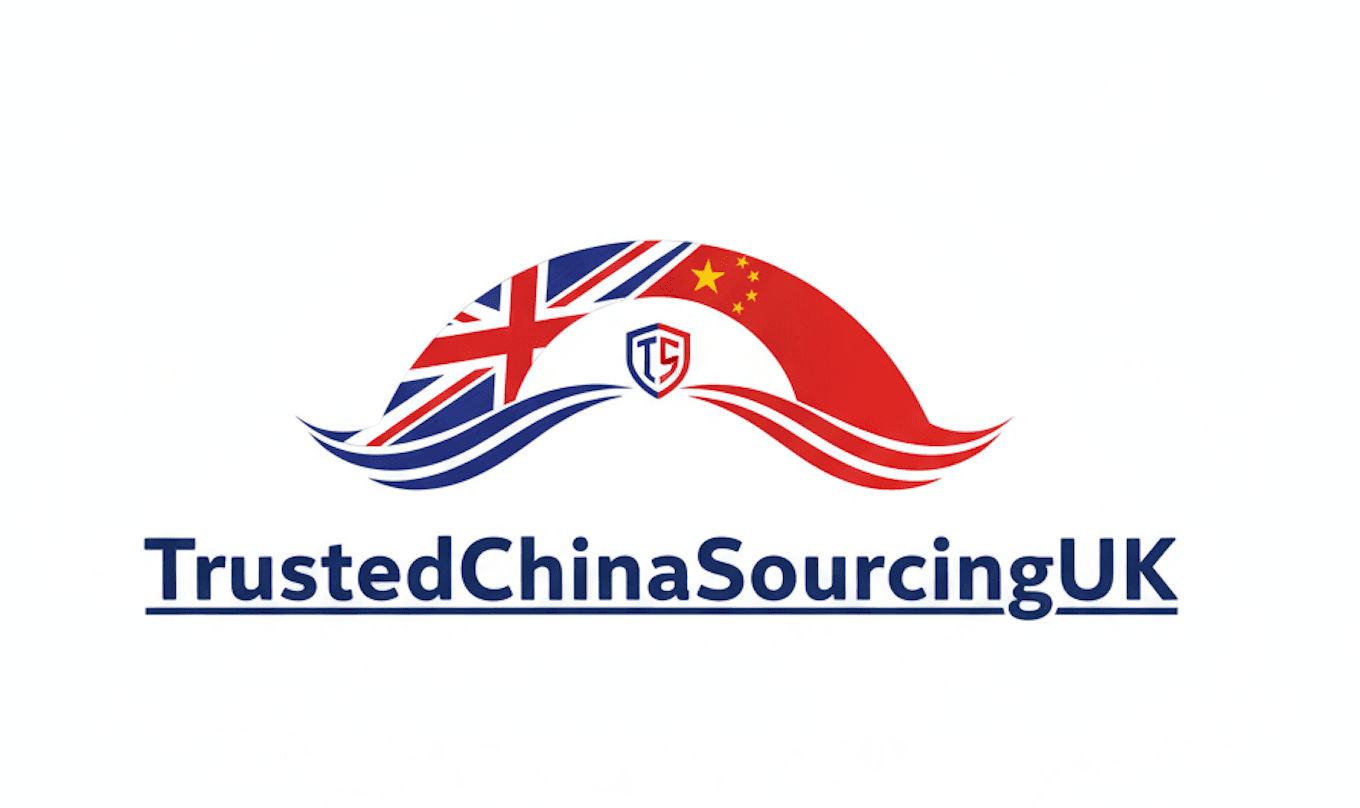A Step-by-Step Guide to Quality Inspection for China-Sourced Products
Understanding the Importance of Quality Inspection
When sourcing products from China, ensuring quality is crucial to maintaining your brand's reputation and customer satisfaction. Quality inspection is a key step in the supply chain process, providing peace of mind that products meet your standards and specifications before they reach your market. This guide will walk you through the essential steps to conduct a thorough quality inspection.

Step 1: Define Your Product Specifications
Before initiating any inspections, clearly define what "quality" means for your products. Create detailed product specifications that include dimensions, materials, colors, and any specific performance criteria. Ensure these specifications are communicated clearly to your supplier to avoid any misunderstandings.
Establishing Quality Criteria
It's important to set acceptable quality limits (AQL) that determine the maximum number of defective items allowed in a batch. This helps in establishing a baseline for inspection and ensures consistency across different production batches.

Step 2: Choose the Right Type of Inspection
There are several types of inspections you can choose from, depending on your needs:
- Pre-production Inspection: Conducted before manufacturing begins to ensure raw materials and components meet your standards.
- During Production Inspection: Carried out when 20-80% of the production is complete to catch defects early.
- Pre-shipment Inspection: Performed when 100% of the order is produced and at least 80% is packed for shipment.
Selecting an Inspection Company
Consider hiring a third-party inspection company with experience in your product category. These companies offer expertise and objectivity, providing detailed reports on product quality and compliance.

Step 3: Conducting the Inspection
The inspection process should be thorough and systematic. Inspectors should use a checklist that covers all aspects of product quality, including appearance, function, and packaging. They should also test a random sample size based on your AQL to ensure accuracy.
Documentation and Reporting
After the inspection, a detailed report should be generated, highlighting any defects or deviations from the product specifications. This report serves as a critical tool for decision-making, helping you decide whether to accept, reject, or request rework of the goods.
Step 4: Addressing Quality Issues
If defects are found, work closely with your supplier to address these issues promptly. Establish a corrective action plan that outlines steps for modifications and timelines for resolution. Open communication is key to resolving any quality issues effectively.

Continuous Improvement
Quality inspection should be part of a continuous improvement process. Analyze inspection results over time to identify trends or recurring issues, and use this data to enhance product design, manufacturing processes, or supplier relationships.
Sourcing from China offers numerous opportunities, but it also requires diligence in quality control. By following these steps, you can ensure that your products meet your quality standards and maintain your brand's integrity in the marketplace.
